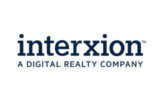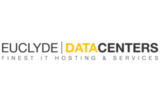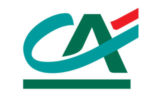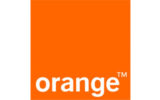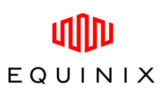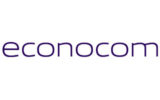Five key points to help you choose the right IT hosting solution
If you're looking to outsource your IT infrastructure, you'll need to perform a cost-benefit-risk analysis in order to determine the right solution for you. This process takes several months, enough time to establish the IS hosting strategy, compare the numerous offerings available on the market, and prepare for changes internally. How should such a project be tackled? What are the pitfalls to avoid? Here are five key points to help you with these questions.
1. Determine the scope and degree of outsourcing
Whether you’re outsourcing for the first time or simply changing service providers, the first step is to determine the level of outsourcing you want, as well as its scope. This determination will serve as the basis for the hosting contract and associated services.
Regarding the scope, while it is true that IT infrastructure has been strongly trending toward cloudification these last few years, companies are still not outsourcing the entirety of their information systems. In practice, you will need to determine, case by case, what can or must be outsourced based on a number of criteria: the company’s strategy, sector and competitiveness, the company culture, its digital maturity, the social context (issues will differ between private and public solutions), the size and competencies of internal teams, the condition of data centre facilities and equipment, the criticality and number of users of applications, connectivity, data security and location, etc.
As for the degree of outsourcing, various scenarios are possible, particularly regarding the number of human resources devoted to operating the solution. With colocation, the company rents a certain amount of usable space and useful energy (in kWh). It retains ownership of the equipment and remains responsible for its administration and operation. IaaS (Infrastructure as a Service) is one rung above this: the physical infrastructure (servers, networks, storage) is no longer owned by the company, but the latter may continue to manage the middleware and applications itself. PaaS (Platform as a Service), on the other hand, provides an execution environment administered by the service provider. Whereas with SaaS solutions—the highest degree of outsourcing—the application is entirely managed by the provider.
2. Give yourself time and make sure employees are involved and motivated by a common goal
While it is obviously essential to consider the technical and technological aspects offered by the host (network connectivity, the type of equipment, virtualisation systems, the disaster recovery plan, operating routines, etc.), outsourcing and migration projects carry a host of additional questions. Since they bring about significant social and organisational transformations within the company, they will need to be subject to a thorough change management process, so that all stakeholders (IT, Purchasing and Legal departments) can become committed drivers of what is, in the end, a foundational project for the company. In concrete terms, six months to two years will be needed to carry this process to completion, depending on the degree and scope of outsourcing.
3. Consult, test and challenge the hosting market
Every host is different when it comes to its position, prices, operating solutions, equipment and services—so much so that it’s not always straightforward to compare their offerings. That’s why for every project with a relatively significant IT impact, invitations to tender must be preceded by a request for information. This preliminary step allows you to better define your needs (shared or dedicated infrastructure, shared or dedicated private clouds, a hybrid system, etc.), evaluate the degree and quality of support from the companies consulted, and anticipate the cost of the future solution. This baseline budget is essential for measuring the potential advantages vis-à-vis internal hosting, before deciding whether to proceed with the invitation to tender phase.
4. For international companies, beware of “excessive streamlining”
Companies with locations in multiple countries may seek to contract with a single host. Although offerings are becoming increasingly homogenised across European and international borders, contractual commitments regarding service levels and operating procedures, as well as regulations on data protection, vary from one country to another. In other words, it is sometimes preferable to go country by country, selecting the best offering in each one.
5. Leave the door open for different cloud providers
Data centres now serve as network and platform hubs. As such, hosts are now increasingly offering direct connections with public cloud solutions (e.g. AWS, Microsoft Azure or IBM Bluemix) or private ones, in order to meet their customers’ occasional needs for greater computational power and storage capacity. This ability to provide hybrid solutions, essential for maintaining agility, may therefore be an important factor to consider when choosing your future host.








